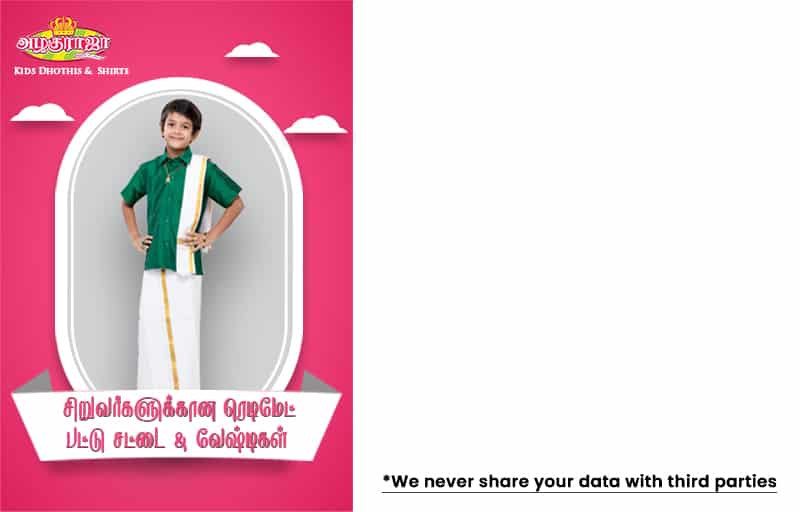Whether you’re mapping out the root causes of a problem or analyzing the consequences of an action, Miro makes it simple so visually and collaboratively create a trigger and impact diagram. After making a cause and impact diagram, the group needs to review it and identify potential causes that more than likely contribute to the problem. This diagram ought to have the impact at the middle and the completely different categories of potential causes branching out from it. The first step in making a trigger and impact diagram is to obviously establish the issue that needs to be addressed.
After analyzing the diagram, the team should have a better understanding of the more than likely root cause(s) of the problem. This information can then be used to develop targeted options to handle the problem and forestall it from occurring again. A complicated cause and impact diagram might embody multiple categories with many potential causes or represent a system with many interrelated elements.

By doing so, one can easily get totally different insights into the interconnection relationship between different factors that all represent the given downside. An instance could presumably be a manufacturing drawback attributable to a damaged machine and an untrained operator. While fixing the machine is a direct solution, providing the operator with proper coaching is indirect.
How To Create A Trigger And Impact Diagram
For occasion, a diagram associated to provide chain administration may embrace categories similar to logistics, stock, and procurement, with dozens of potential causes underneath every category. With potential causes identified and categorized, the staff can then draw the trigger and effect diagram using a visible tool like Miro. This type of diagram may help groups determine the relationships between different factors contributing to the noticed effect. A small team from the division have been requested to contribute to the cause and effect analysis, collaborating in three brainstorming sessions including coaching on the methods of setting up the diagram. Six Sigma is not just about solving immediate problems but also about stopping their recurrence.
The output of the diagram may be leveraged by prioritizing potential causes or theories for further investigation. The cause-effect diagram does not provide a solution to a query, as some other instruments do. Its primary worth is to function a automobile for producing, in a really focused method, a list of all known or suspected causes which doubtlessly contribute to the observed effect. At the time of generating the cause-effect diagram, it’s not normally known whether these causes are answerable for the effect or not. The major advantage of this tool lies in the fact that it focuses the eye of all the people involved with on the particular downside at hand in a structured, systematic means. It encourages progressive thinking and nonetheless retains the staff on track in an orderly method.
Additionally, once the group creates sub-causes, the possibilities of lacking out on necessary areas drop all the way down to almost nil. Project groups have to actively determine an issue and understand the root reason for the issue if they’re to solve it. In the Project Management Professional ® (PMP) certification exam, cause and impact diagrams are a tool used to better understand the basis of an issue.

The general “lack of training” trigger on the original diagram is normally an excellent hazard signal that the causal chain needs to be checked. Lack of training in reading the catalog will create reading errors, but when the errors come at the keying stage, no quantity of coaching on use of the catalog will do any good. Whenever one sees “lack of training” (or lack of anything for that matter) on a C-E diagram, one should ask two questions.
One Causal Issue Might Seem In A Number Of Locations
When diagnosing the trigger of an issue, a cause-effect diagram helps to manage various theories about root causes and presents them graphically. Addressing oblique causes could be more effective in the lengthy term since they’ll have a wider impression and can contribute to fixing future issues. So, contemplating both direct and indirect causes may help the group develop more effective options to the issue. Teams can also use speculation testing, on the lookout for proof to support or disprove every potential trigger. By testing hypotheses, the team can identify which potential causes are most probably to be the basis cause(s) of the problem. To illustrate the process of making a easy trigger and effect diagram, let’s think about a scenario.

For a PMP credential holder, trigger and effect diagrams are made easier when preserving a fishbone shape in mind. Start with the spine (problem), with the best aspect being the head (effect), and ribs poking out alongside the backbone (causes). Brainstorm the doubtless main classes of causes of the effect and add these as spines popping out from the spine.
Ishikawa Diagram
While the symptom being explained should be as exactly outlined as potential, the staff should seek to develop simply as many theories as potential about its causes. If a team does not develop a wide-ranging set of theories, they may miss their most serious root trigger. Continue to maneuver systematically down the causal chain within each major or secondary cause until that one is exhausted before shifting on to the subsequent one. Construct a cause-effect diagram when you’ve reached the point of developing theories to guide the characterize step.
If you will conduct trigger evaluation at different stages, you’ll keep focused on finding the high-impact areas. Different components, like manpower, machine, material, measurement, mom nature, and technique, can constitute these classes. Try to create totally different classes that you https://www.globalcloudteam.com/glossary/cause-effect-diagram/ simply think are related to your problem. Creating a cause-and-effect diagram is educational and fun, because it helps determine all the problems in detail. Additionally, it helps us perceive what preventive measures we have to take in order to make knowledgeable choices.
The data for use to assemble the cause-effect diagram comes from the people acquainted with the problem and from information that has been gathered as a lot as that point. The second key power of this tool is that its graphic illustration permits very complex conditions to be presented, showing clear relationships between elements. When an issue is potentially affected by complex interactions among many causes, the cause-effect diagram supplies the technique of documenting and organizing them all. But to maximise your team’s effectivity, you’ll need to determine a technique of problem-solving that works for you. The first step that you want to observe is to clearly define the issue or effect that really introduced you to conduct the given analysis. Make certain that everybody in the team is nicely conscious of the issue and are considering in a approach to discover all of the cause, results, and respective options for the same.
Establish The Foundation Of The Issue With Trigger And Effect Diagrams
In order to easily perceive the fishbone diagram, let us stroll you through the next cause-and-effect diagram instance created in EdrawMind. Since complex diagrams could be overwhelming, involving all staff members within the evaluation is important. This ensures that different views and knowledge can contribute to identifying the foundation cause(s). The diagram consists of a central spine, resembling a fishbone, with branches that symbolize different categories of potential causes.

For instance, if you’re experiencing a bottleneck, you could have recognized group members as one of the attainable components. In this step, you’d take it a step further and determine how team members could probably be affecting the problem. Maybe their training was inadequate, or their abilities had been inadequate. After categorizing the potential causes, we drew the trigger and effect diagram using a visible software like Miro.
The finest method to understand cause and effect diagrams is to take a look at some examples of cause and impact diagrams. Most trigger and effect diagrams study an identical set of attainable causes for any concern analyzed. Creating trigger and impact visuals could be so simple as making a sketch on paper, or they are often as advanced as using a trigger and effect diagram software program like MindManager. For more data on Cause and Effect Diagrams and how Juran can help you leverage it to improve your quality and productivity, please get in contact with the team. After figuring out the most important causes, select one of them and work on it systematically, identifying as many causes of the main cause as potential.
In follow, the staff would want to exhaust each of the gadgets listed as potential causes through the use of the ‘five whys’ approach. These are the best and commonest practices when creating trigger and impact diagrams. Once you have a visualization of these causes it is feasible for you to to share them together with your team and stakeholders, and check with back to them when tackling the project or concern at hand. Both the dispersion analysis diagram and the process evaluation diagram are variations of the trigger enumeration diagram. Use this template to complete 5-why evaluation and proceed to create a cause-effect diagram. The most serious attainable misinterpretation of a cause-effect diagram is to confuse this orderly arrangement of theories with real data.
Draw the central spine as a thicker line pointing to it, as in Figure 35. A cause-effect diagram is normally ready as a prelude to growing the information wanted to determine causation empirically.
Lost control may come up from a mechanical failure; that failure may be a brake failure, which, in turn, may come both from fluid loss or from worn pads. Once you’ve identified all the most important categories, you can start your brainstorming session along with https://www.globalcloudteam.com/ your staff. Sit down with the relevant group members and start asking them relevant questions, which might result in identifying the potential causes for each category. Note the advantages include the process of making the diagram and the resulting graphic itself.
Each of the most important causes (not lower than two and usually not more than six) ought to be worded in a field and connected with the central spine by a line at an angle of about 70 degrees. Here, in addition to in subsequent steps, it has proved helpful to make use of adhesive notes to post the individual major and subsidiary causes about the principle spine. Since these notes may be simply hooked up and moved, it’ll make the method more versatile and the result easier for the individuals to visualise. Lucidspark, a cloud-based virtual whiteboard, is a core element of Lucid Software’s Visual Collaboration Suite.













